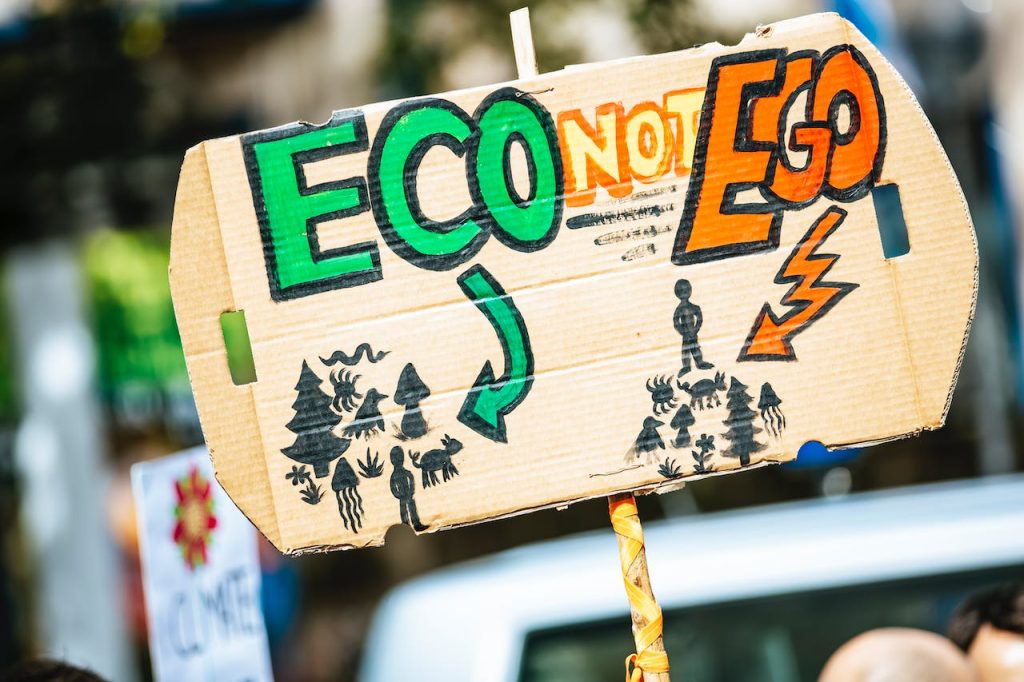Table of Contents
In an increasingly polarized and highly technological world, human connection with others and with our natural surroundings is dangerously difficult to establish. But finding value in the things we do has never been so crucial.
The media does not always bring the best of news, and the highly technological space in which we exist, and the speed in which information moves, only adds to the feeling of distress many experience.
That being because of global warming causes and consequences or a wide range of other similarly devastating inequalities, it can be difficult to escape a certain degree of hopelessness.
And it is precisely this sentiment that hunts too many people today that has become not only a reason for pessimism, but also one for inaction.

The emotional burden of climate change
Commonly referred to as climate or eco-anxiety, the emotional burden climate change takes on people has been an element of societal concern for quite some time.
And although it is still too soon to talk about an official and generally accepted diagnosis, it is difficult to ignore such a distressful emotional reality that has specially taken younger generations by storm.
Such an emotional state is understandable if we think about what natural disasters such as wildfires, floods, or extreme weather conditions mean for our ability to live a healthy and happy life.
Engage employees in the sustainability strategy
Furthermore, such a feeling of fear of environmental doom not only feeds the inability to take action for the planet and society, but can actually become parilizing for other issues in individuals’ lives.
But fear not, as not everything is lost, and in fact we firmly believe and advocate for the hope that can take us far in our personal as well as professional action-filled sustainability journey.
The benefits of understanding climate anxiety
As much as helplessness in the face of environmental degradation can sometimes take a prominent role in our lives, it is also helpful to actually understand such a sentiment.
The answer to our problem is quite literally in being able to look into our fear’s eyes directly, recognize it, understand it and then act upon it to cope with it.
Being able to know what is it that is causing a paralyzing feeling can eventually help build a more resilient mindset towards such a particular issue. But far from just thinking differently, changing our mindset is also about acting differently.

Taking sustainable action to improve mental health
It is safe to say that an increased climate as well as emotional awareness is the catalyst to taking sustainable action and improving our relationship with the world to actually cope with its recurring environmental and social problems.
But how does this translate in a corporate environment, if it does translate at all? Can we build a culture of resilient mindsets towards sustainability action and practices?

There are in fact many arguments and examples that help understand how building a culture of sustainability will overall improve work productivity, employee engagement and turnover, and most importantly, individuals’ wellbeing.
Taking care of the planet and society, understanding what we can and cannot do for change, and doing it in a collaborative environment is a recipe for corporate sustainability success.
Using technology to create a strong sustainability culture
We believe that employees are far from being indifferent from participation in sustainable efforts, and actually look for the opportunity to be actively engaged and find purpose in having a positive impact through their jobs.
That is why through our technology we work to activate and track employees’ impact, creating engagement that translates into improved ESG metrics, reputational value and an overall positive impact for the environment and society.
Because the workplace can in fact become the perfect environment to find that collective eagerness to make a difference, both for the sustainability and purpose of the company and a more sustainable way of being for all.







